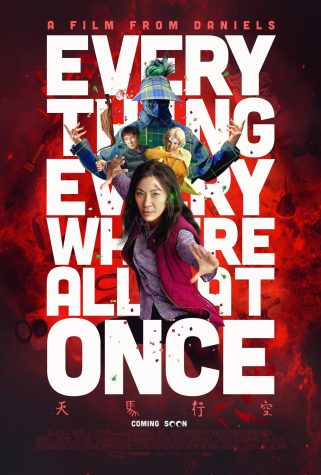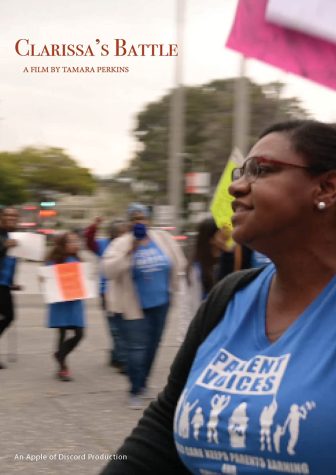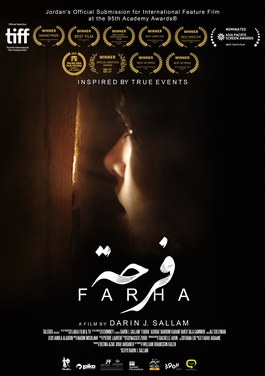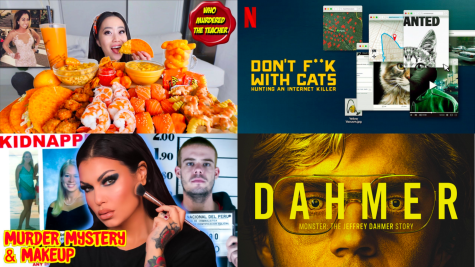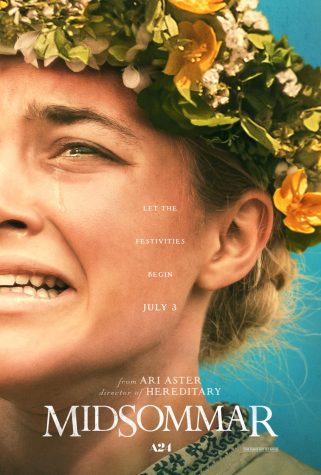Tarantino has talent, not tact
The eighth film by famed director Quentin Tarantino, “The Hateful Eight” is a tension filled romp through a blizzard, rife with strong characterization and beautiful cinematography, in spite of Tarantino’s potentially questionable choice of imagery and dialogue.
Starring Samuel L. Jackson, Kurt Russell, and Jennifer Jason Leigh, the entire films takes place almost exclusively inside a haberdashery on a mountain during a blizzard, with five other people (Walton Goggins and Tim Roth among them). The unlikely trio of bounty hunters (Jackson and Russell) and bounty (Leigh) are met with some adversity when someone in the haberdashery aims to cheat the hangman out of his bounty.
From the get go, it is obvious that this film is quintessential Tarantino: the sweeping landscape shots are beautiful in 70 mm, accompanied by an incredible score by Ennio Morricone (his first Western score since 1981), and the character banter is quick and witty. For a film dependant on no scenery changes, dialogue is vital, and as always Tarantino can pack an hour of characterization into one quick conversation. Unfortunately that doesn’t seem to reduce the run time of this 180 minute behemoth, but for Tarantino, the art comes first. But it’s not just the run time that may suffer from his art.
As with most Tarantino films, the imagery is graphic and fairly violent. This fact alone is enough to make a large number of viewers shy away, and “The Hateful Eight” certainly pulls no punches. From the frequent battery of Leigh, to forced fellatio and vomiting gallons of blood, “The Hateful Eight” is not for the sensitive. Any fan of Tarantino is no stranger to such scenes, but some people may still be surprised. The palpable discomfort of some scenes in particular really force the audience to feel as trapped and pained as the cast, resulting in a film akin to John Carpenter’s “The Thing,” and with equal tension. Overall the extreme nature of violence serves to emphasize the extreme nature of the situation, and though it is all done in Tarantino’s classic over the top style, some may still find it discomforting to view, let alone hear.
As was the case with his last film, “Django Unchained,” this film takes place only a few years after the civil war, and some of the primary conflict is between veterans. Samuel L. Jackson, Walton Goggins, and Bruce Dern all played a part in the war, and only Jackson was on the Northern side. As would be expected, several racist remarks are made (on both sides) and they certainly don’t lighten up. While this is understandable from a character point of view, it could obviously be misconstrued by potentially sensitive audiences, and is certainly debatable for its necessity. The flawless direction of the cast and their complete melding into their characters make the dialogue all the more real, which may only serve to make it all the all the more offensive. In the end though, the art comes first, and the cast in this case were flawless in all respects, with Leigh even taking a well deserved spot at center stage in the film’s final chapter.
In the end, “The Hateful Eight” is a beautiful film with a foundation of tension that doesn’t give, a score crafted by a veritable maestro, and actors that have all but literally become their characters. Though Tarantino’s chosen style may reflect a lack of tact and decency, the art he has created can speak for itself. And while it’s not for the average viewer, “The Hateful Eight” truly is remarkable.








